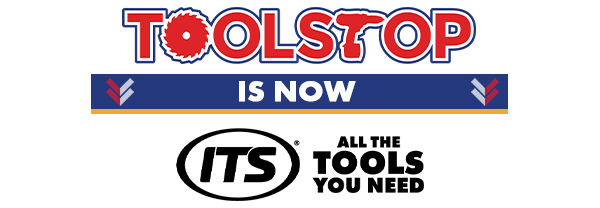Holesaws & Accessories
Holesaws are the go-to for cutting clean circular holes through wood, metal, plasterboard and plastics. With accessories like arbors and extensions, you can customise your setup to suit any trade task.
Who Uses Holesaws?
Used by a wide range of trades where circular cut-outs are required:
- Electricians – Install junction boxes and pass-throughs in board or cladding.
- Plumbers – Cut pipe access holes through joists, cabinets and walls.
- Kitchen & Fit-Out Teams – Drill sink waste or tap holes in worktops.
- Site Joiners – Create air vent, duct or cable holes in panelling or MDF.
Holesaws Are Great for Jobs Such As:
- Drilling out spotlights or downlights in ceilings
- Cutting pass-throughs for pipework
- Making holes for ducting, fans or air bricks
- Routing data or cabling behind panels
- Fitting sinks or bathroom furniture
How to Choose the Right Holesaw & Accessories
Different trades need different teeth. Here’s how to get the right setup:
1. Material Type
Wood: Bi-metal or carbon steel holesaws work well.
Metal: Use high-speed steel (HSS) or tungsten carbide tipped (TCT) variants.
2. Arbor Fitment
Check the thread and fitting type – quick-change arbors speed up swaps, while pilot drills improve accuracy.
3. Diameter Range
Choose sets or individual bits to cover common sizes like 22mm (pipework), 44mm (waste) or 83mm (lights).
Popular Holesaw Accessories
Get the job done quicker, cleaner and safer with these accessories:
1. Holesaw Arbors
Lock into your drill with fast-change and pilot-equipped holders.
2. Extension Rods
Reach deep voids, double skin walls or inaccessible zones.
3. Extraction Rings
Catch debris or shavings on install jobs for a tidier site.
Frequently Asked Questions
Can I use a holesaw in a cordless drill?
Yes, for wood or plastics. For metal, use lower speeds and a drill with torque control – cordless SDS drills with adapter work well too.
What’s the best holesaw for metal?
Cobalt HSS or TCT holesaws cut metal cleanly and last longer. Always use cutting fluid to extend lifespan and reduce heat.
Do all holesaws come with arbors?
No – many come as separate heads. Always check if your holesaw includes the arbor or pilot drill, or if one is required.
Can I cut plasterboard with a holesaw?
Yes – use a fine tooth or standard bi-metal saw. Avoid over-tightening to prevent paper tears or blowouts.
How do I remove the cut core?
Use an ejector spring or knock it through with a screwdriver. Some holesaws come with built-in core ejectors for speed.


